
Lab Grown Workers Strike in “Misunderstanding” on Pay
Hundreds of polishers at Greenlab, recognized as India's largest lab-grown diamond producer, walked out last Friday (28[…]
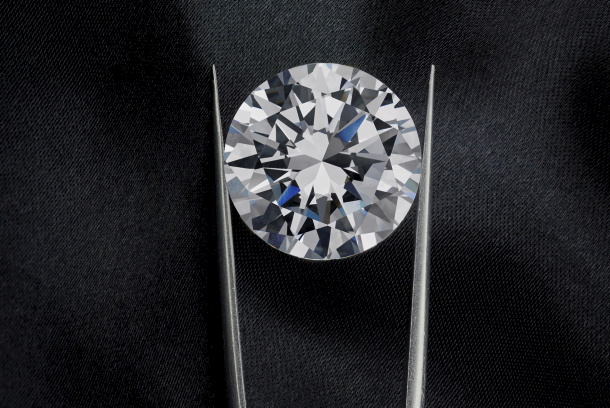
Couples Embrace Lab-Grown Diamonds as Engagement Trends Evolve for 2025
Australia’s engagement ring landscape is undergoing a rapid transformation, with new data revealing that 70% of couples[…]

Conflict Diamonds: Nations that Vetoed New Definition
The Kimberley Process (KP) has again failed to reach agreement on a new definition of conflict diamonds.
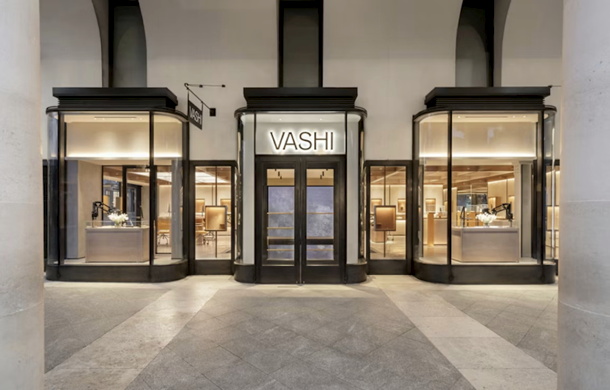
No Probe into Collapse of Diamond Brand with $220m Debts
The UK's Serious Fraud Office (SFO) decided not to investigate the luxury diamond jewelry brand Vashi, which[…]
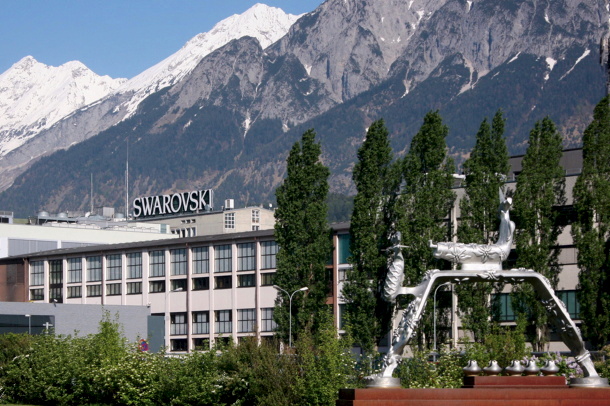
Swarovski Cuts 400 Jobs at Austria HQ
Swarovski is to cut around 400 jobs at its headquarters in Austria and to reduce pay and[…]
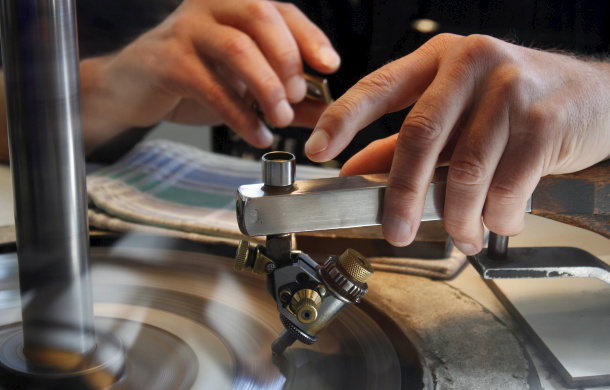
India’s Polished Exports Fall Sharply in October
India's cut and polished exports fell sharply in October to $1.026bn, down 27 per cent year-on-year and[…]
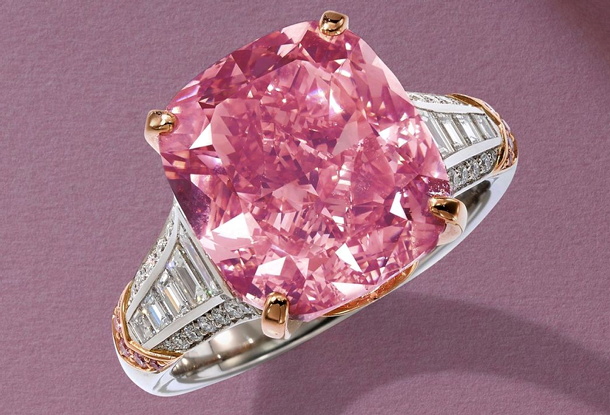
$20m Pink Diamond Pulled from Sotheby’s Sale
The Glowing Rose, a 10.08-carat vivid pink diamond that was expected to sell for around $20m was[…]
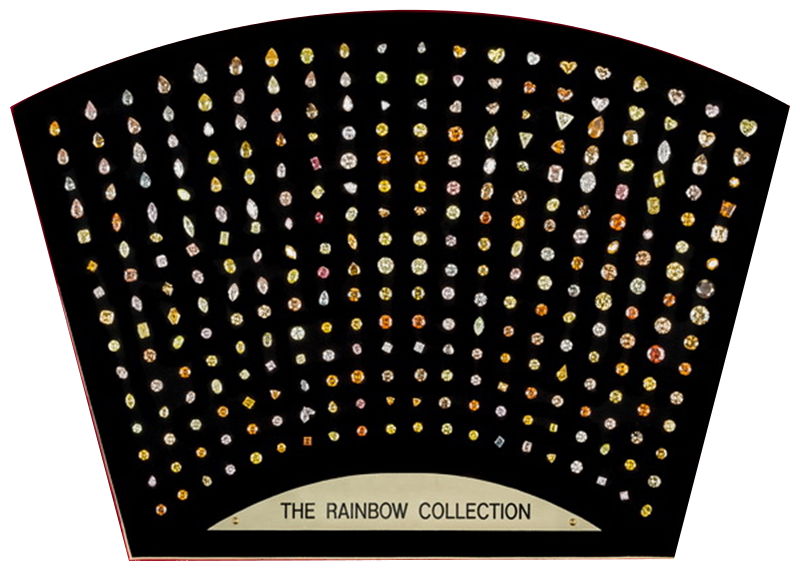
Iconic Rainbow Collection Sells Just Above Low Estimate at Christie’s Geneva
The legendary Rainbow Collection more than 300 fancy coloured diamonds amassed over four decades by the late[…]
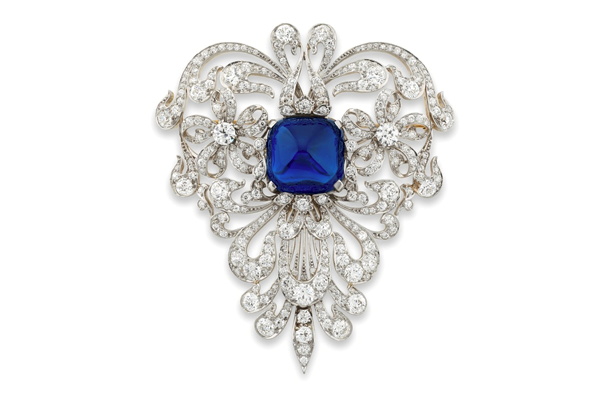
Vanderbilt Sapphire Brooch Sells for $3.6 Million at Phillips Geneva
The magnificent 42.68-carat Vanderbilt Sapphire, a gem steeped in the legacy of the Vanderbilt shipping and railroad[…]
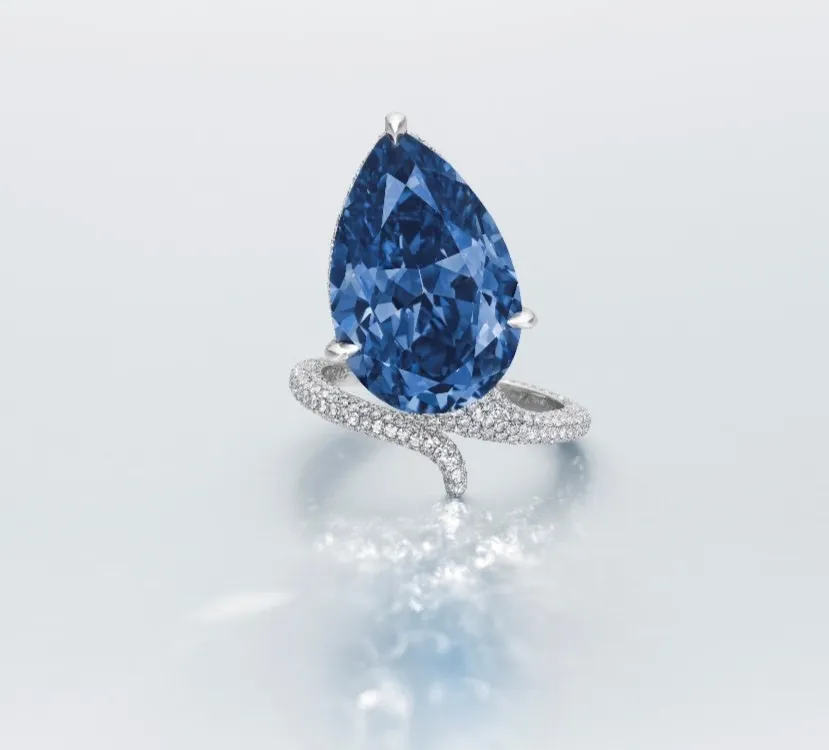
Rare ‘Mellon Blue’ Diamond Fetches $25.5 Million at Christie’s Geneva Market Reflects Shifting Demand for Coloured Diamonds
The legendary Mellon Blue Diamond a 9.51-carat fancy vivid blue, internally flawless gem sold for $25.5 million[…]
